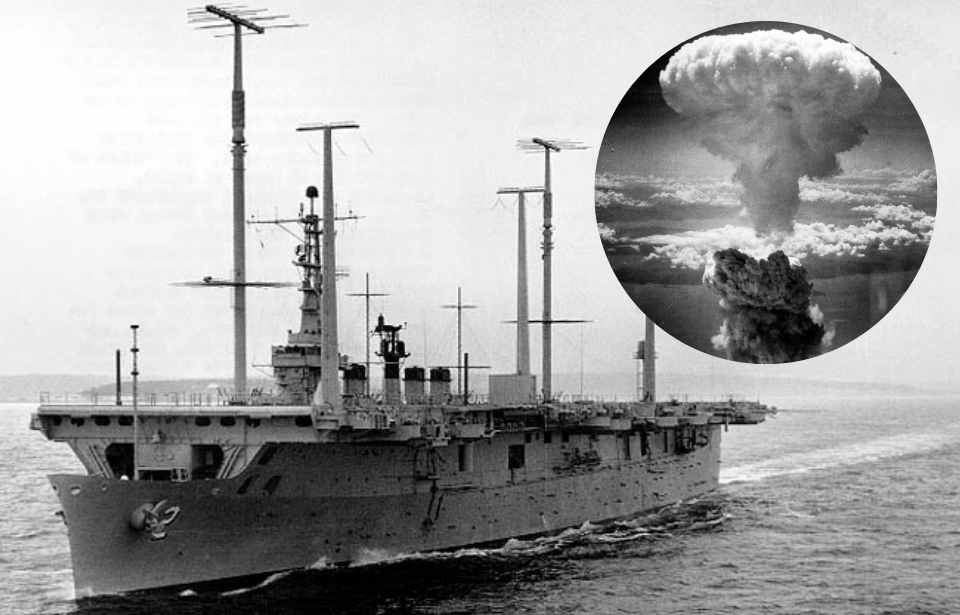In the 1960s, amidst the rising tensions of the Cold War, the United States developed the National Emergency Command Post Afloat (NECPA) to maintain the functionality of the federal government in the event of a nuclear attack. This initiative consisted of three components: airborne, land-based, and sea-based, ensuring the country could continue to operate regardless of where a strike occurred.
For the maritime aspect of NECPA, the U.S. Navy converted two ships—USS Northampton (CC-1) and USS Wright (CC-2)—into floating command posts. Nicknamed “Doomsday Ships,” these vessels were outfitted with advanced communication systems, operational command rooms, and living quarters for high-ranking government and military officials. In the event of a catastrophic attack, one of these ships could serve as a mobile White House, providing continuity of government in the most dire circumstances.
Continuity of Operations
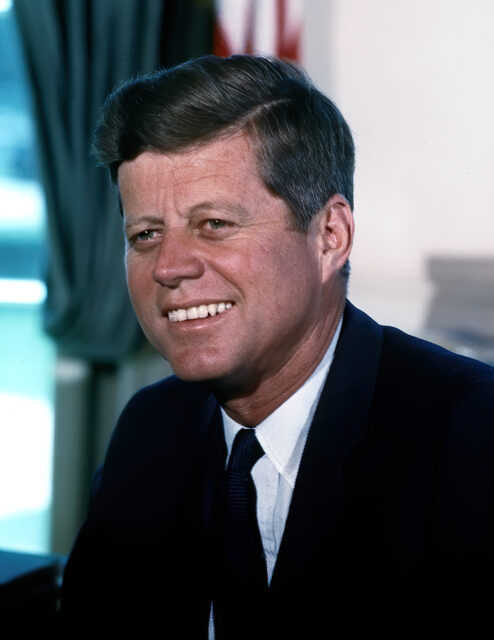
In the wake of the nuclear arms race following World War II, the U.S. government developed a continuity-of-government (COG) strategy to ensure national leadership could remain functional in the event of a nuclear conflict. The plan was divided into three primary components: land-based command centers, mobile airborne command posts, and sea-based command posts, all designed to keep the government flexible and operational during a crisis.
A secure communications system connected four key command hubs: the National Military Command Center (NMCC), the Alternate National Military Command Center (ANMCC), the National Emergency Airborne Command Post (NEACP), and the National Emergency Command Post Afloat (NECPA).
The NMCC, located at the Pentagon, and the ANMCC, situated in a secure bunker near Blue Ridge Summit, Pennsylvania, were established as fixed land-based centers. Meanwhile, the NEACP operated from specially modified U.S. Air Force aircraft, and the NECPA relied on Navy command ships, which were designed to act as floating command centers.
These naval vessels were kept ready to function as mobile versions of the White House in the event of a national crisis. While they were never had to take on these roles, both Presidents John F. Kennedy and Lyndon B. Johnson used the ships for drills, overnight stays, and during official overseas trips.
USS Northampton (CLC-1/CC-1)
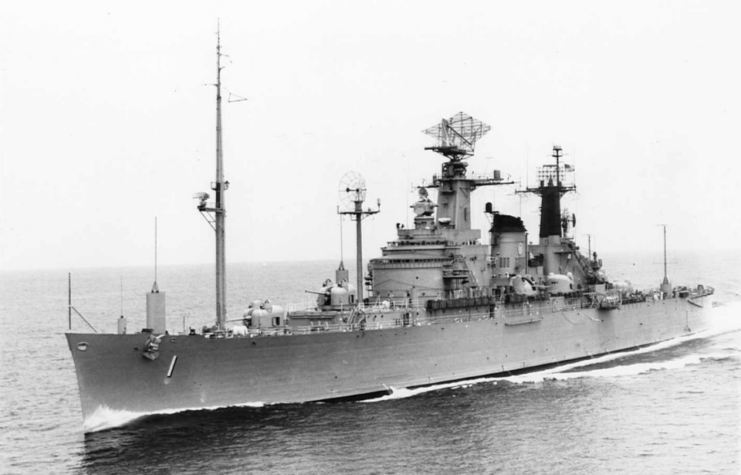
The USS Northampton (CLC-1/CC-1) was launched on January 27, 1951. She was an Oregon City-class heavy cruiser, but had very little resemblance to the other ships in her class. She was heavier, with a displacement of 13,700 long tons, while the rest had displacements of 13,260 long tons. The vessel was also faster, with a top speed of 38 MPH, with the others reaching 37.3 MPH.
Northampton boasted a different armament than the rest of her class. Initially, Oregon City cruisers has nine 8-inch guns in three turrets, twelve 5-inch guns in six turrets and various anti-aircraft guns. After 1953, these were changed. The 8- and 5-inch guns remained the same, and ten 3-inch guns in five turrets were added.
Northampton, however, was designed under project SCB 13 and made into a command cruiser on January 27, 1951, drastically changing the vessel from others in her class. For instance, Northampton had four 5-inch guns and eight 3-inch guns, which were later removed. She also had a considerable amount of antennas and other communications equipment, accompanied by large masts.
Less noticeable, while still significant, the ship had a larger crew. It took 2,000 sailors to control, while just 1,142 were needed for a typical Oregon City cruiser. In this role, she entertained many government officials and dignitaries, including King Baudouin of Belgium and King Olav V of Norway.
Northampton served in this role until 1961. On April 15, she was redesignated CC-1, with the purpose of acting as a floating White House as part of the National Emergency Command Post Afloat. Nicknamed “Sea Ruler,” she served in this capacity until April 8, 1970, when she was decommissioned.
USS Wright (CVL-49/AVT-7/CC-2)
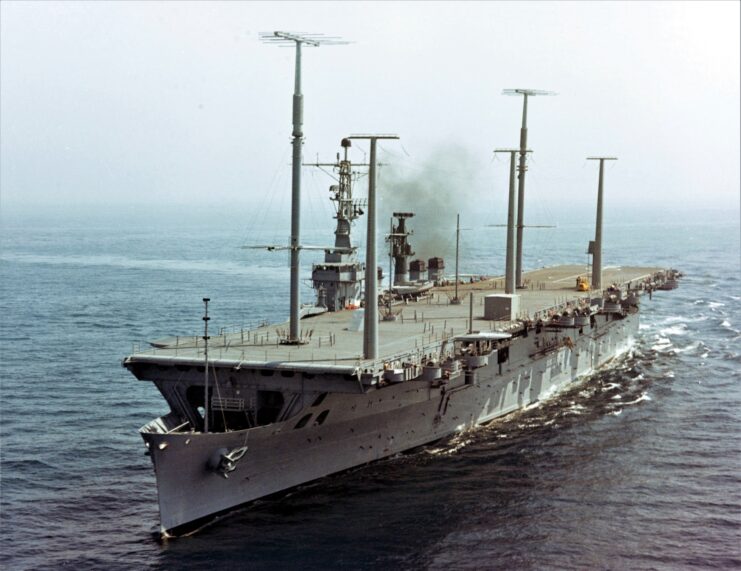
On January 11, 1951, Wright departed from Norfolk, Virginia, to join the U.S. 6th Fleet in the Mediterranean. She arrived in Gibraltar on January 21, marking the start of her first overseas deployment. In 1952, after undergoing maintenance, she became the flagship for Carrier Division 14 and participated in training exercises alongside NATO allies, including the British Royal Navy.
After another round of maintenance in 1953, Wright left the Philadelphia Naval Shipyard for a new mission with the U.S. 7th Fleet in the Pacific. She traveled through the Panama Canal, making stops in San Diego and Pearl Harbor before reaching the U.S. Navy base in Yokosuka, Japan. With Marine Attack Squadron 211 on board, she carried out operations near Korea and Okinawa.
Her deployment ended on October 15, 1954, when she left Japanese waters and returned to the U.S. West Coast. Shortly after, Wright began preparations for retirement and was officially decommissioned, joining the Pacific Reserve Fleet.
Serving with the National Emergency Command Post Afloat (NECPA)
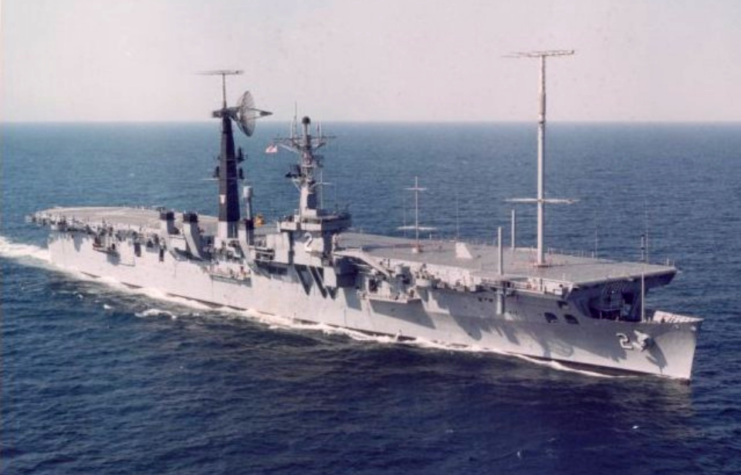
On March 15, 1962, the USS Wright was converted into a command ship and redesignated CC-2. Although it held this designation for only a year, the ship received major upgrades. The hangar bays were turned into command centers, complete with elegant accommodations meant for the president. Its former flight deck was repurposed to hold antennas on large masts, although the Wright still had the ability to launch and land helicopters from the rear.
After being recommissioned on May 11, 1963, the Wright operated off the West Coast before eventually relocating to Norfolk. As a part of the National Emergency Command Post Afloat program, the ship—nicknamed “Zenith”—was described as “the most sophisticated communications platform ever placed at sea.”
Ironically, Wright’s most notable operations had little to do with its intended emergency role. From April 11–14, 1967, it provided communications support for President Lyndon B. Johnson during a summit in Punta del Este, Uruguay. Then, on May 8, 1968, the ship helped tow the USS Guadalcanal (LPH-7) 84 miles to safety after it experienced mechanical problems.
During the Pueblo Crisis in February 1969, the Wright was placed on high alert while docked in Norfolk, but it was never called into action. The ship was officially decommissioned on May 27, 1971.
National Emergency Airborne Command Post (NEACP)
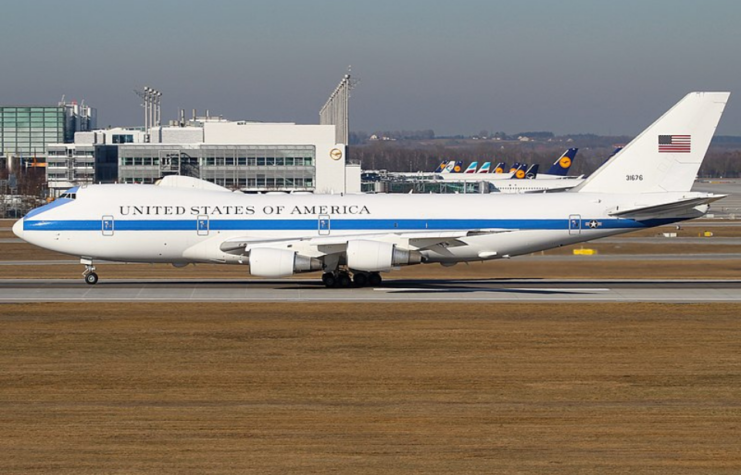
During the early-to-mid 1960s, the U.S. government considered converting the USS Triton (SSRN-586) or a second Saipan-class ship into a third National Emergency Command Post Afloat. However, officials ultimately decided it wasn’t necessary, and the conversion never happened. As a result, only the two original ships remained in the role until they were decommissioned in the 1970s.
If a ship were ever needed for such a purpose, arrangements could be made, but there was no need to designate one exclusively for the role. This led to the development of the National Emergency Airborne Command Post, which took the form of the Boeing E-4.
Based on the highly successful Boeing 747 airliner, four E-4 aircraft were produced. The E-4A entered service in late 1974, followed by the E-4B in 1980. The earlier models were later upgraded, and by 1985, all four had been converted to the E-4B variant. The aircraft operates with a crew of four, similar to a commercial airliner.
However, the E-4’s technology is far more advanced than that of a typical airliner. It features state-of-the-art satellite communication systems, protection against electromagnetic pulses, and shielding from nuclear and thermal effects, making it a highly capable mobile command center.
More from us: Messerschmitt Me 410 Hornisse: The German Bomber Destroyer That Was No Match for Allied Fighters
The U.S. Air Force continues to operate the E-4 today. While plans to develop a replacement began in 2021 and 2022, the aircraft remains in active service. In addition to the E-4, two Boeing VC-25 aircraft—better known as Air Force One—are also equipped with similar systems and can serve in this role if needed.
